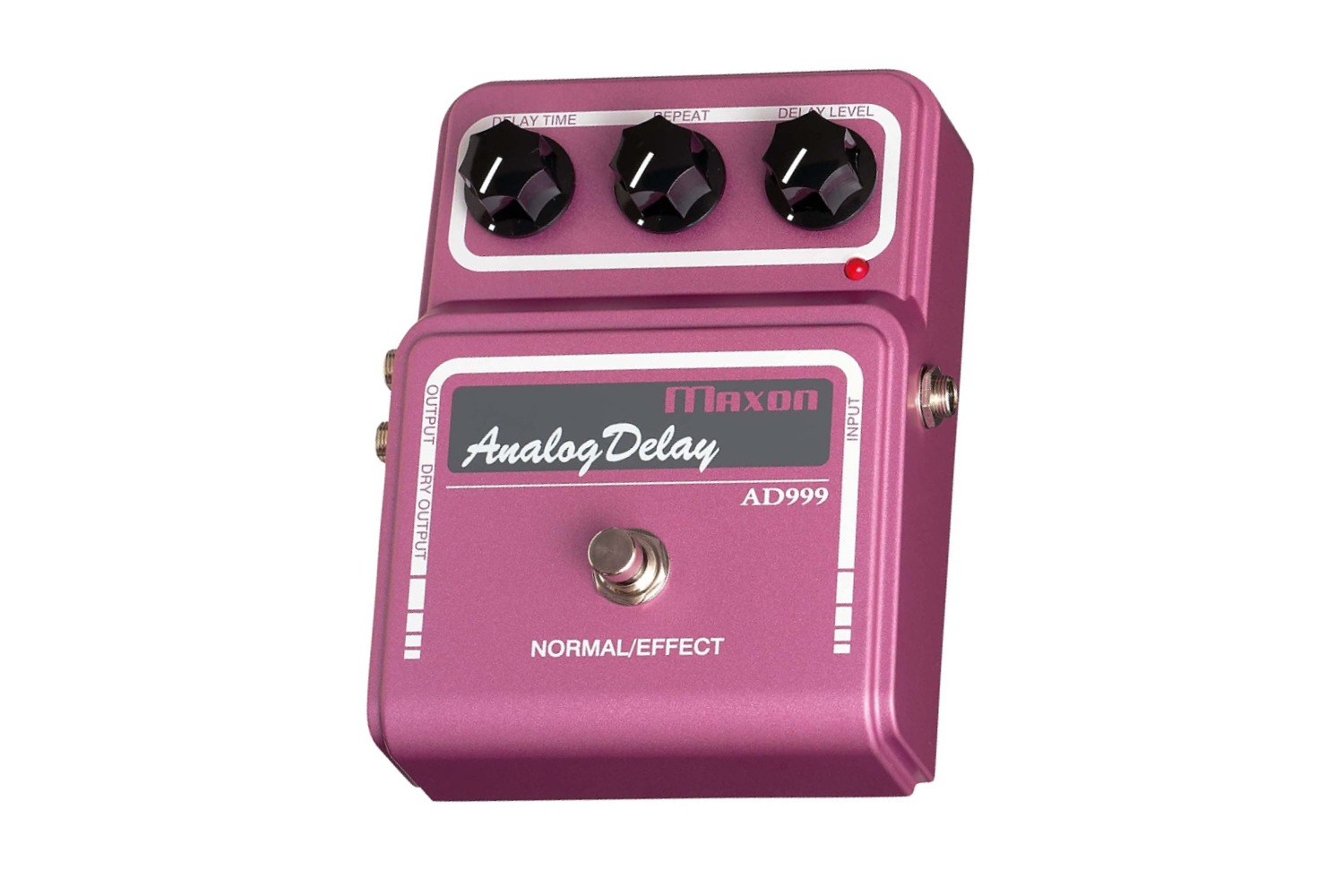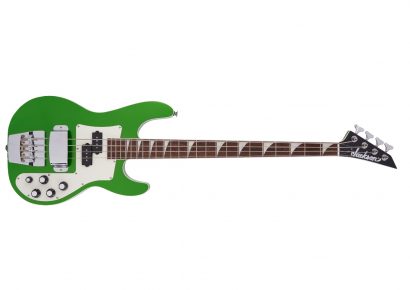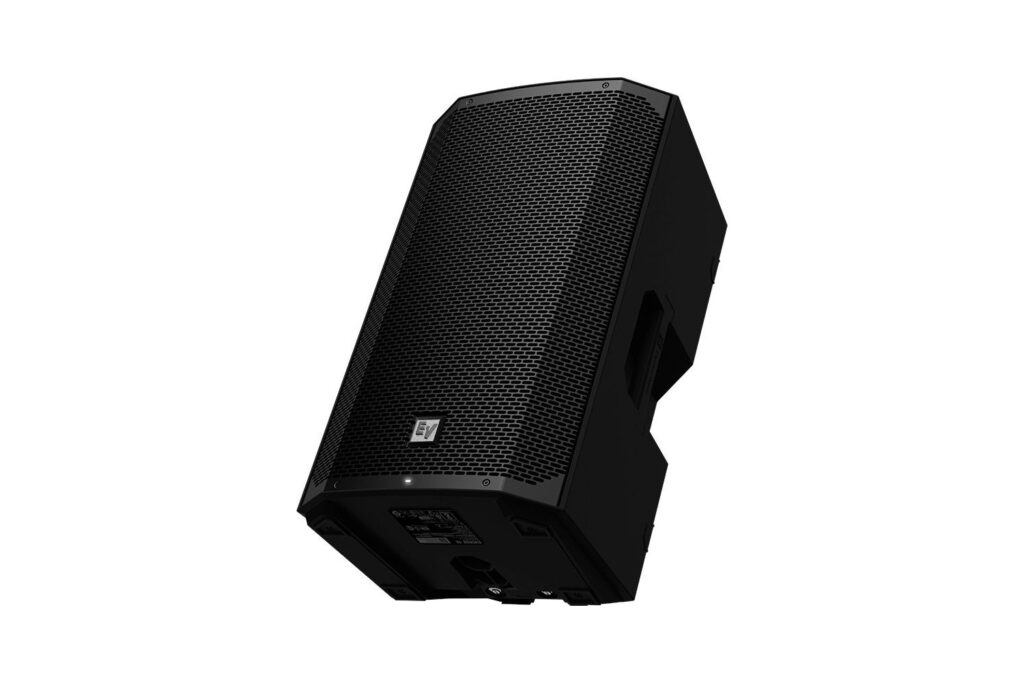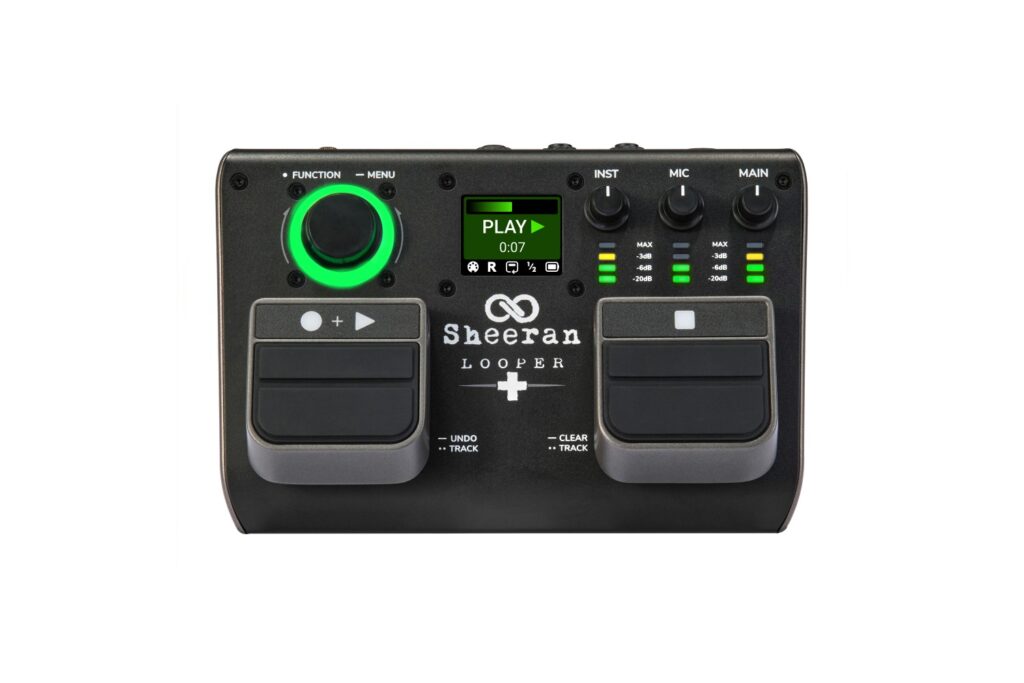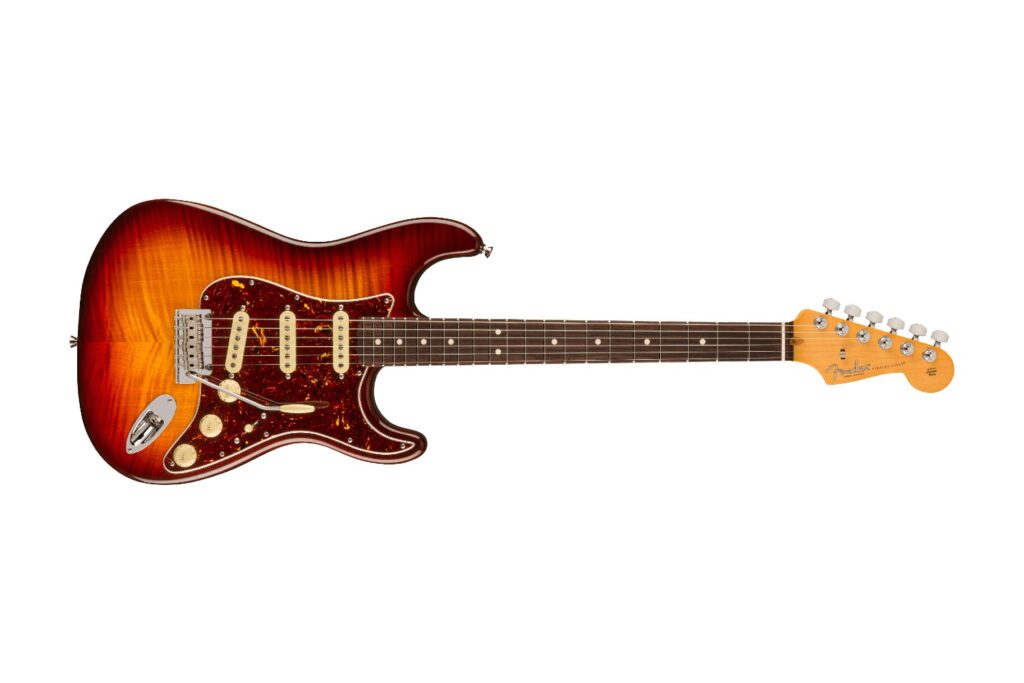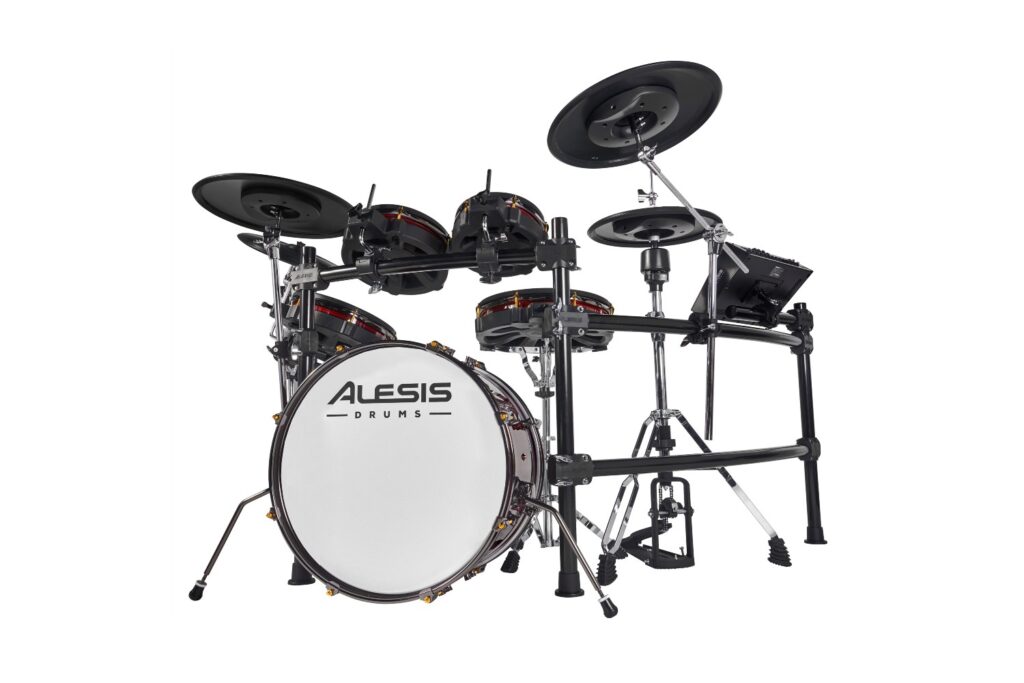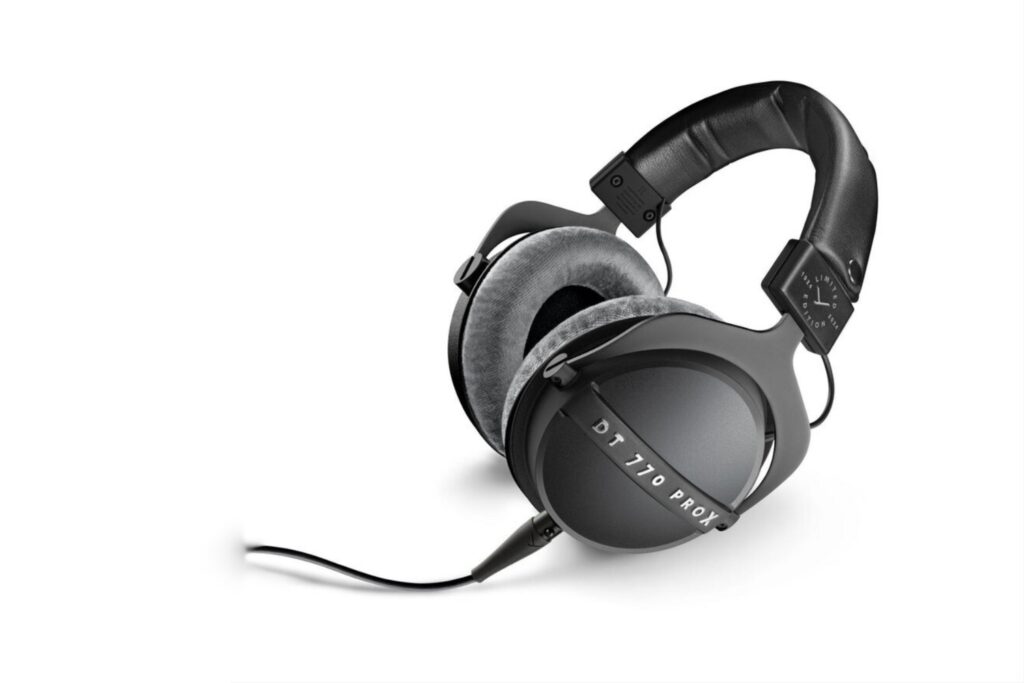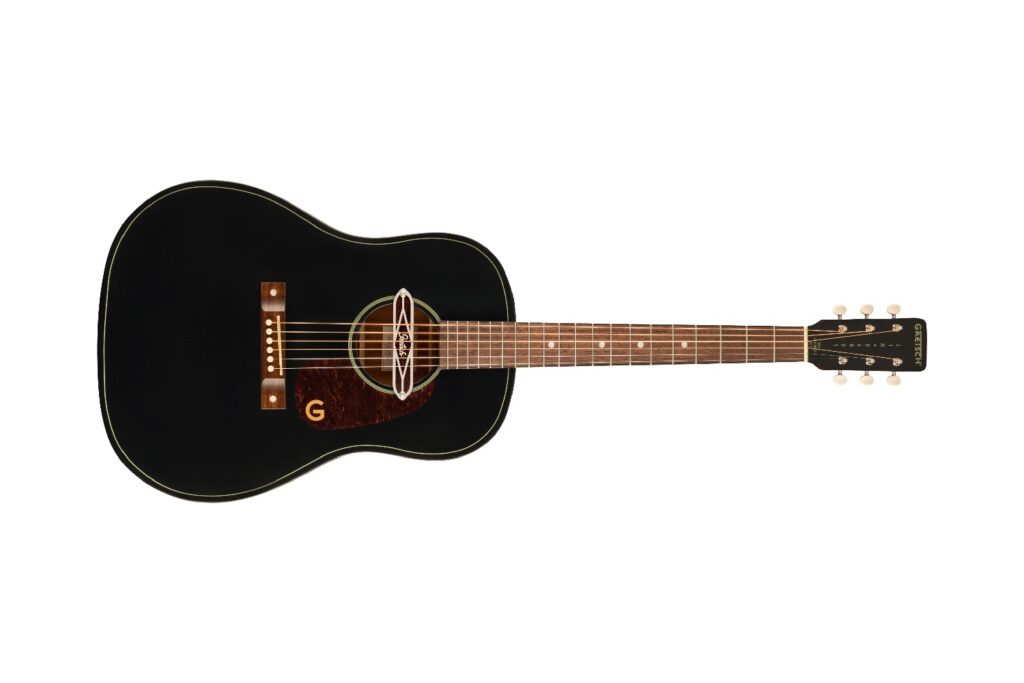EGM Distribution | Expect to pay: $645
Delay pedals could almost be considered a separate niche to the guitar pedal collecting hobby, such is the fervent nature of those that collect them. The nitty gritty details of components, manufacturing quirks, and the ‘magic’ that resides within certain pieces of vintage gear will attract huge bids on the second hand market. That said, there’s also no shortage of experimentation, with brands both small and colossal releasing new ground-breaking effects every year. So, when Maxon came along with their reissue of a vintage classic analog delay pedal, what’s there to be excited about? The answer is plenty, so let’s get into it.
Read more product reviews here.
Maxon, made famous in the effects realm for manufacturing Ibanez’ original 1970s guitar pedals, are now a powerhouse in their own right. The AD999 can trace its lineage back to the Ibanez/Maxon AD9, an early ‘80s analog delay pedal using the much-coveted MN3205 Bucket Brigade chip that could also be found in the Boss DM-2, and variations of it in plenty of other holy-grail delays. The AD9 had 500ms of warm, analog delay time and a simple three-knob layout, making it a fast favourite among players. An evolution of this came about in the Maxon AD900, which used two high-voltage Bucket Brigade chips to squeeze out 600ms of delay time. As production of the most popular Bucket Brigade components began to become obsolete, Maxon struggled to find a steady supply and the AD900 was discontinued in 2003.
Part of the latest Vintage Series from Maxon, the AD999 is much more than just a reissue of the AD900. The most obvious difference is a staggering 900ms delay time, one of the longest you can find in a readily available pedal. It also runs at nine volts with a current draw of 46mA, making it much easier to run from a standard pedal power supply or even, heaven forbid, a daisy chain. It has true bypass switching instead of buffered bypass, and also features a stereo output if you want to split the wet/dry signals into separate amps or effects routing options. In terms of similarities, it shares the same case architecture and the gorgeous pastel-musk sparkle paint. You shouldn’t buy pedals based on looks alone, but if you had to, then this would be a phenomenal choice.
The sound of the AD999 is pure analog gold. Some people believe that an analog delay is dark or warm because it tries to emulate the natural warmth of magnetic tape-based delays, but that’s not the entire truth. Bucket Brigade chips use a clock signal to regulate the delay time, which is a high-pitched frequency that feeds into the audio path. In order to remove that frequency from your lovely delayed guitar signal, the high frequencies have to be rolled off steadily. The AD999 uses no fewer than eight Bucket Brigade IC’s that were custom designed by Maxon in order to achieve the colossal 900ms of delay time, and although that does mean the treble suffers slightly at longer intervals, the effect is less extreme when used at moderate delay times.
Bucket Brigade delays have such a cult following that it’s easy for the uninitiated to assume that all of a pedal’s magic tone comes from that chip, but different approaches can yield very different results. To my ear, the real magic behind the Maxon AD999 are the two stages of compressor/expanders that work alongside the effect. A compressor/expander, or just ‘compander’ for short, evens out your guitar’s signal by simultaneously reducing the peaks of the audio as well as turning down the noise that all analog signals intrinsically carry. The first one is placed before the delay chips to give them a strong audio foundation to work with, and the second one is after the delays to give them a smoother linear fade down to silence.
While these companders have very specific utility jobs that they perform well, they also give the repeats their character in two key ways. The first is how this pedal controls the dynamic range of the repeats, making the way you play your guitar an integral part of the response. If you dig in harder, the initial repeats will be louder and richer, while softer playing tends to fade a little more into the background. The second way is the slight crunchiness that it gives the delay, as all audio compression creates some distortion and amplifies natural upper harmonics. This has the effect of degrading the signal slightly more with each repeat, and sounds even sweeter when placed in front of an overdriven valve amplifier.
With an RRP of AU$645, the AD999 straddles the line between collector and consumer grade pricing, although most retailers seem to be discounting it to around the $575 mark. It’s not designed to sit in your amp’s effects loop and give you crystal clean rhythmic delays, but it will absolutely deliver if you’re after some simple, perfectly imperfect sound. The ability to go from a 40ms slapback to a cavernous 900ms repeat is a seriously impressive feature for a three-knob Bucket Brigade unit, and even though some customers may lament the lack of a tap tempo, I would argue that it goes against the ethos of the Maxon AD999, and there are plenty of other tap delays out there for you. It’s definitely not the first analog delay pedal someone would buy, but it could well be the last.
Head to MaxonFX for more information. For local enquiries, head to EGM Distribution.
